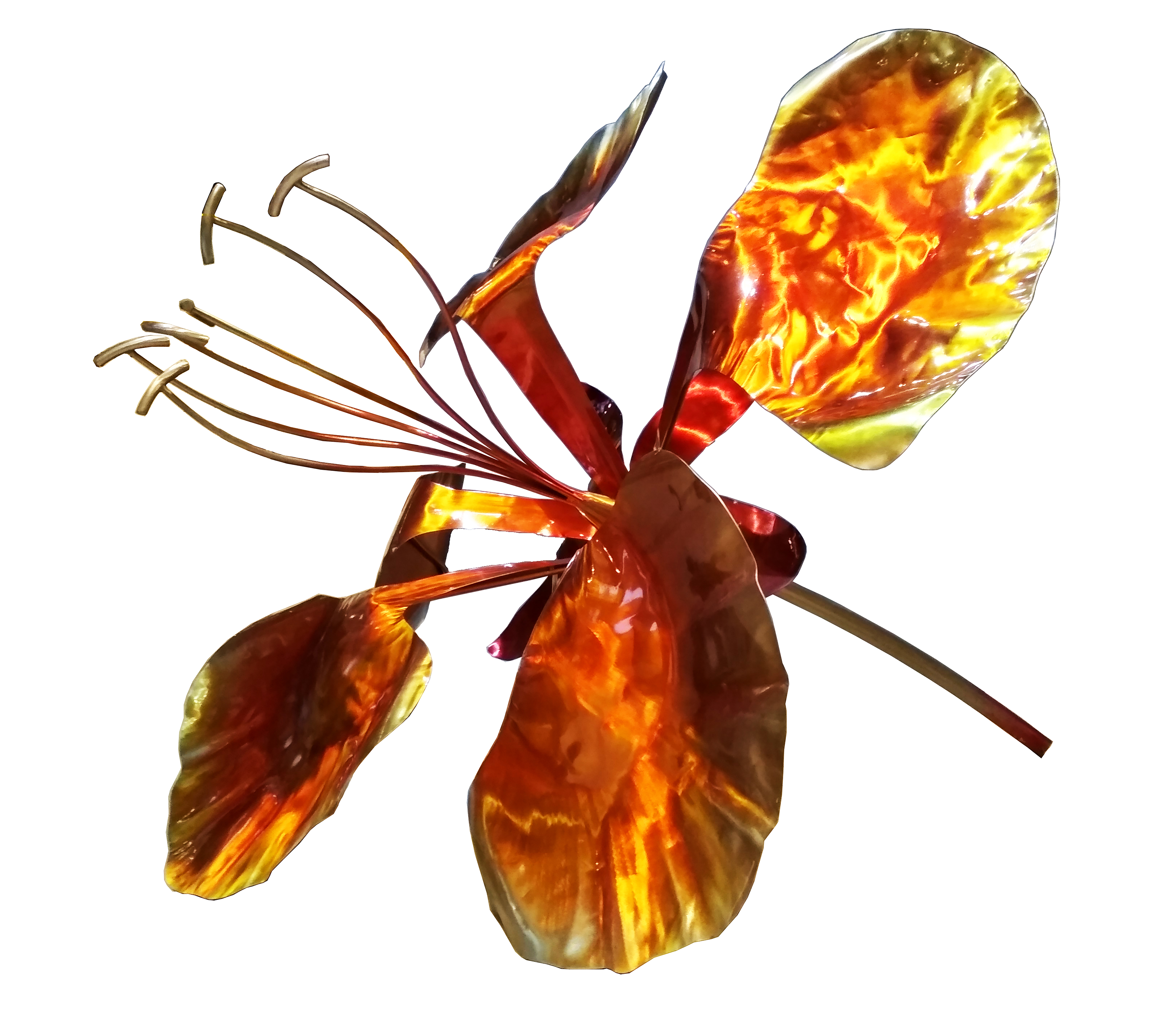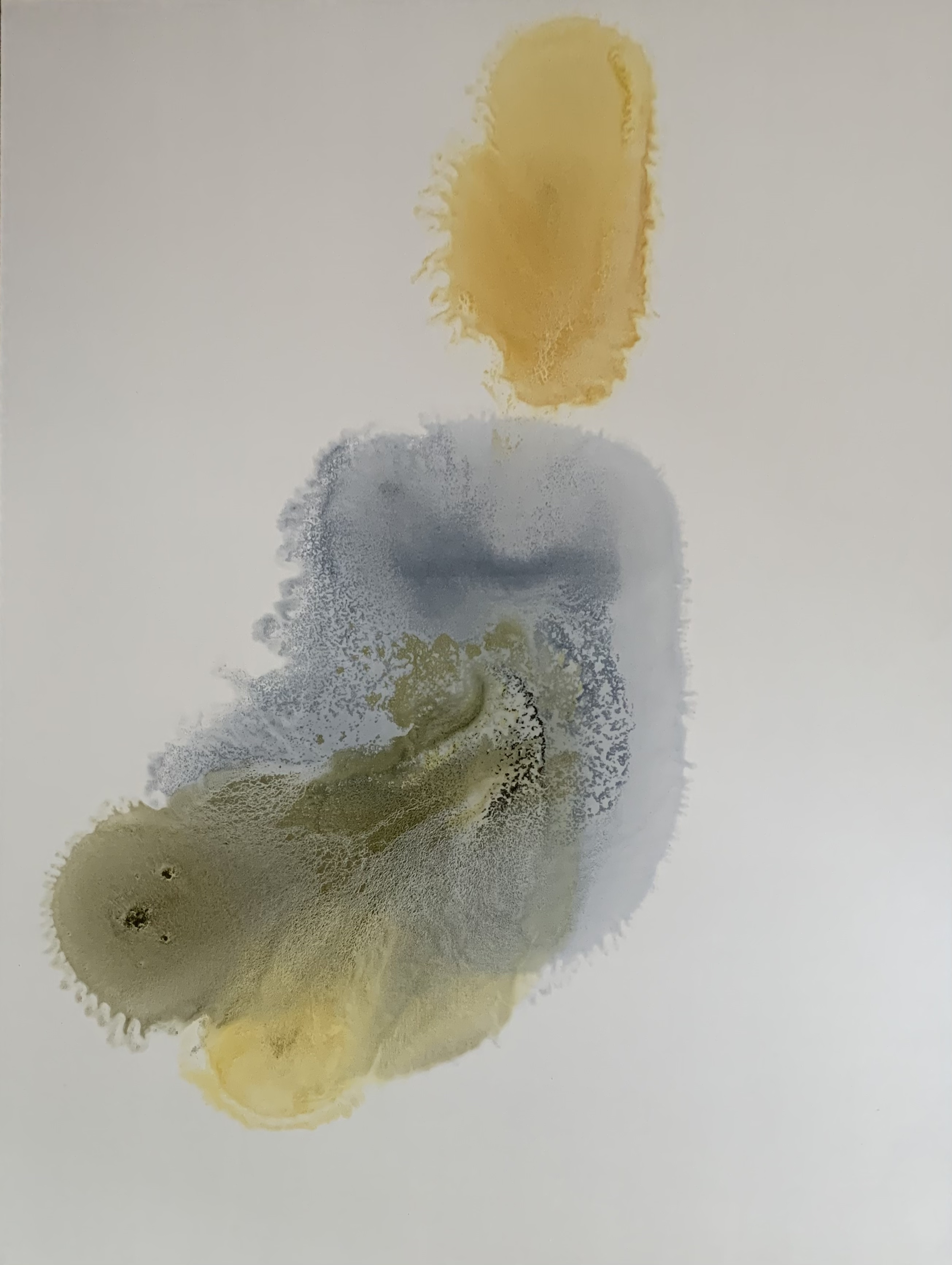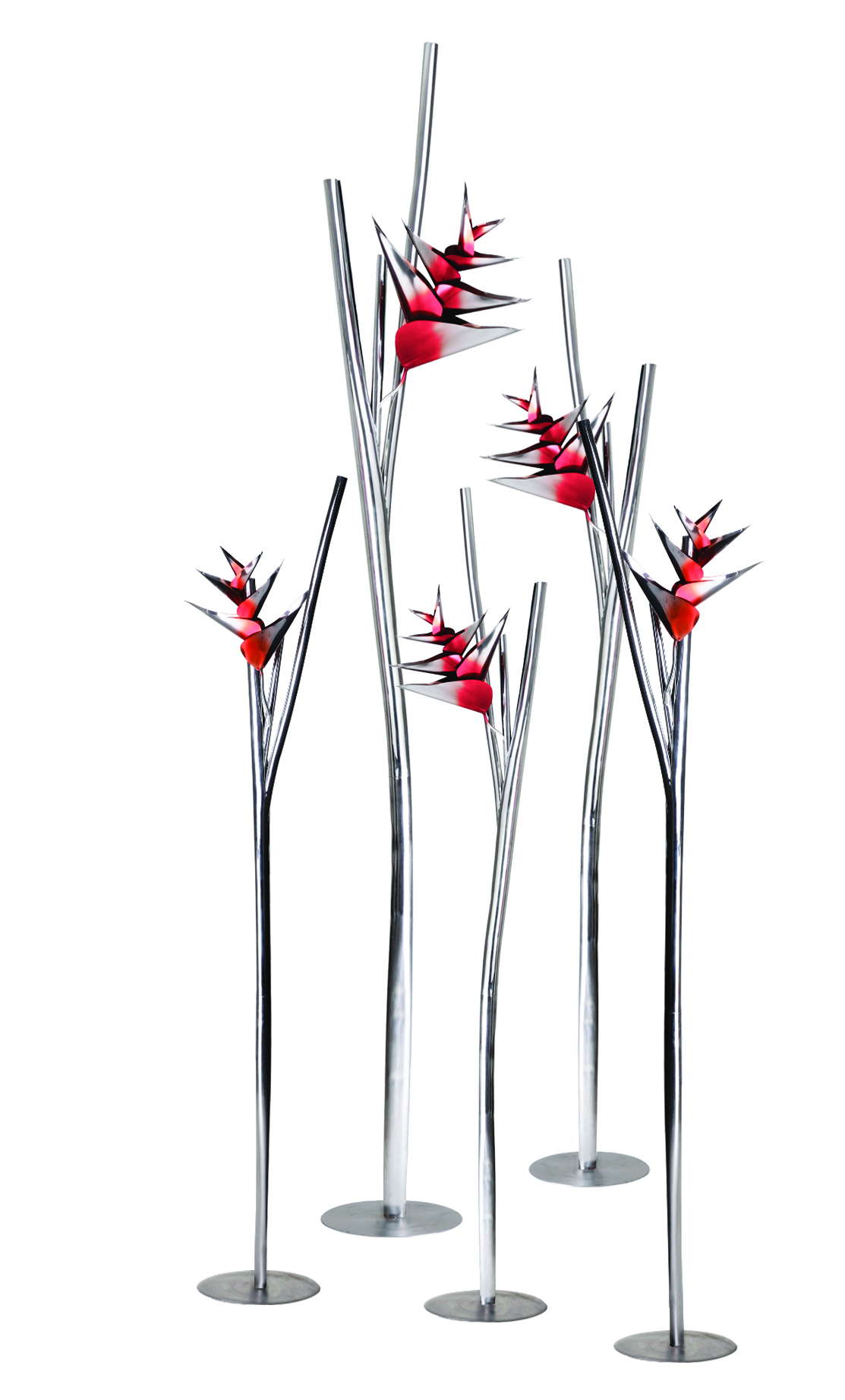The Spellbinding Result Of Merging Metamorphosis
Two artists
Two mediums
One merging intention engages intuitively, challenge boundaries, and trigger an ongoing metamorphosis
- Vimala Soundarapandiyan
Every artist has a story to tell, but no two artists are the same. Every artist is unique in their vision, idea and mission. The difference seen on their canvas shows the artists’ birth, upbringing, environment and experiences. But what happens when we merge works of two artists working in two different styles? Witness the magic of merging two unique artists in the ongoing art show, ‘Merging Metamorphosis’.
Tao Art Gallery, Mumbai, in collaboration with Gallery Threshold, Delhi is hosting a special art show – ‘Merging Metamorphosis’. The show displays works from two influential artists from two different work zones – abstract artworks by Rahul Inamdar and sculptures by Alex Davis. The ongoing show will be on display until Sunday, 9th January 2022. The intention of Merging Metamorphosis is to engage intuitively, challenge boundaries, and trigger an ongoing metamorphosis. The one of a kind show brings together two powerful artists exploring their common experience of the creation of art through independent mediums where both intrinsically interact with the pieces they make.

In his current series, Inamdar allows his canvas to participate in its own creation, allowing it to slowly and whimsically absorb the colour and chart its own path. The lines drawn merge into the oil and create unique shapes, pulling in the viewer to explore their mystery. Surpassing time and space, the works challenge with their dichotomy: soft and loud, minimal and maximal, monotone and colourful, all in the same moment. In his words, ‘the artist becomes the instrument, the work becomes music”.
Davis embraces a similar dichotomy in his sculptural creations. Sharp stainless steel evolves to become a delicate fluid design and enormity in scale is balanced by sensitivity to the intricacies of his inspiration. Nature is the muse for this series as he brings to life architectural plants like blossoms, orchids, creepers and bamboo groves in a truly Contemporary way! Davis’s art pushes the viewer to see these seemingly finite natural elements in a more solid, permanent and statement form. He describes this endeavour, “I am essentially a maker and my engineering and design educations allow me to push the limits of materials and technologies for the desired effect”.
Excerpt from the interviews
(Rahul Inamdar)
“My art is my calling, my space. When I speak about my art, I am not speaking about the paintings, I see paintings more as a medium to distil myself. It is a process that runs synchronously with my life. Each work is a moment in time where I have managed to lose myself and flow with the material.”

- What led you to quit your corporate job to pursue art as a full-time career?
In my corporate career, I was fortunate enough to work on innovation and brands pretty early, which was my dream when I was studying management at JBIMS. However, the companies are designed for scale. Rarely a corporate job allows one to be hands-on or work without a team structure as one grows. Driven by an objective, a large part of it is about getting people to work the way you want them to. Art on the other hand is quite individual-centric. An artist is involved in the purpose or philosophy, to the process, technique and medium. While the outcome is what is seen, the underlying stream of thought or thoughtlessness is what matters. If one is willing to wait and walk in the dark – every moment spent making or even thinking about art is many times more enriching than anything else. The process of creation brings about a phenomenal change in the maker, aligning one’s work with one’s core self. This had a great appeal for me. That is why after ten years of corporate work, and three years of studio practice, art managed to pull me to move from my comfort zone.
- Where do you find your inspiration to create your art pieces?
Surrender is a very intriguing idea. We find references to it in the bhakti literature, classical music, meditative practices amongst other places. Can one create while practising a complete surrender to the moment? Can one cede the belief that one is in control of the medium and reduce to a role of an arranger? Can one focus on the essence of this act, and experience the serendipitous coming to life of forms unseen? These thoughts have been at the core of my recent practice, leading to a complete shift in the process, media and methods of application.

- Who according to you would your artwork most resonate with?
Over years I have found certain types of people gravitate towards my work. They believe in themselves and their ability. They like what they do, and they are not running behind achievements – but are able to find joy in their work and life. They are not consumed by quantities but are oriented towards quality. They are not a part of a race because they know who they are and don’t need external validation. They prefer being silent and are never perturbed by choice or lack of it. They are cordial and respectful – and have few deep friendships and relationships. With such people, one can converse without words.
- Do you feel you have evolved as an artist? How?
If we do any work mindfully, it opens itself to us. Evolution is not a choice – it is just the function of time when the work is one’s calling. Paintings are an outcome of a process. The process begins in the mind (or in the lack of mind), on the canvas, in the colours – the evolution of oneself is the evolution one sees in the works. When an artist works with a medium, as the work on the canvas changes, the artist also changes. There is no distinction between the time, the artist and the canvas – it all becomes an effortless one. Evolution is natural, efforts are required to not evolve,
- What would “masterpiece” mean to you?
Masterpiece is a work that creates a significant perceptual shift. Irrespective of the medium, it is able to grow from transaction to comprehension to emotion to connection. These don’t stay in the memory of the viewer but change the way the viewer thinks and behaves – throwing open a window in the mind. Masterpieces have a life of their own, distinct from that of their maker – and they keep evolving in the eye of the viewer. Such works have oneness to them and are essentially timeless.
(Alex Davis)
“Art makes you slow down, look and feel, mull over and in my case takes me directly into that subliminal space. It’s an escape!”

- What inspires you as an artist? What kind of themes and stories do you gravitate towards through art?
Gaia is my favourite muse and inspiration for most of my works. Mother nature in all her glory and abundance gives you an exhaustive vocabulary to work with be it the flora, fauna the lands and waters or the skies and the seas there is no end to the source. Another favourite playground for me is the popular culture of the subcontinent whether it is the highways or the marketplaces.
- You work with different materials, which is your favourite material to work with and why?
My favourite material is an idea. The materiality comes only at a later stage. The material I work with most is steel and that’s because of its contemporary nature and its quality of being artist-friendly.
- Which is your favourite piece of artwork that is going on display for the show?
Difficult to choose your favourite child and also you live with the work you are currently doing and it’s difficult to detach from and choose.
- Can you give some examples of new styles that you’re working on or considering?
For a long time, I am working on the most favourite of all my inspiration The Himalayas. Not sure where I will go with it but working very hard on it.
Share
